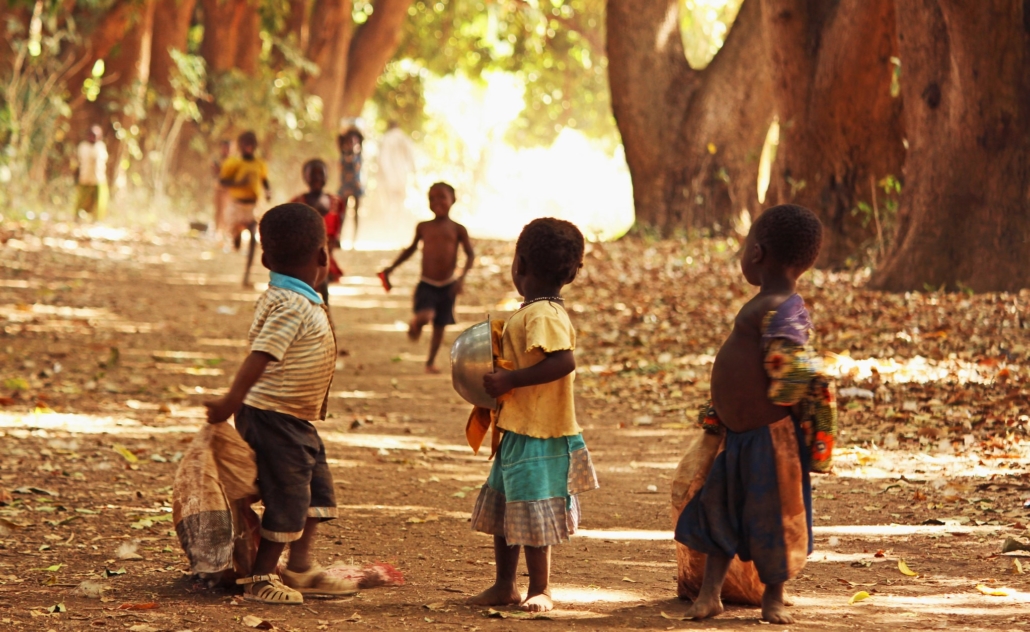Ending Violence in Burkina Faso

Burkina Faso is a small African nation that lies between the more well-known countries Ghana and Mali. Like many other underprivileged nations, Burkina Faso experiences excessive rates of violence. Fortunately, humanitarian organizations noticed and began efforts to calm the violence. Keep reading to find out who and what organizations are ending violence in Burkina Faso.
The Statistics
In Burkina Faso, the United Nations’ report reveals the harsh reality that citizens live through. The homicide rate is 9.8 per 100,000 people. The homicide rate for men is 14.1 out of 100,000 people, while the homicide rate for females is 5.2. In addition, with a population of 20,321,378, the total number of homicides for 2019 was 1,991 deaths. For comparison, the homicide rate in the United States in 2018 was 5.0 people per 100,000 people, which is nearly 50 percent less Burkina Faso’s homicide rate. These astronomical homicide rates are why ending violence in Burkina Faso is a crucial issue.
How Violence Affects the Nation
The extreme homicide rate in Burkina Faso is detrimental to society, but in many more ways than just an increased death toll. Between January 26 and February 15, 2020, approximately 150,000 people fled their villages in the Sahel region. In addition, United Nations News reported that nearly 4,000 people flee their communities every day. The violence in Burkina Faso forces communities from their villages. Additionally, the violence forced over 2,000 schools to close due to threats toward education personnel, military usurping school facilities and assaults directed at the schools themselves in February 2019. As a result, about 133,333 children had their education interrupted, and 3,050 teachers became jobless.
Who is Ending Violence in Burkina Faso?
Fortunately, the violence in Burkina Faso is not going unnoticed. Many different humanitarian organizations are working toward ending violence in Burkina Faso. The United Nations High Commissioner for Refugees (UNHCR) is a branch of the United Nations that focuses on the well-being of refugees, people forcibly removed from their communities and stateless people. The UNHCR is working to provide safe zones for fleeing individuals. Its distinct focus is relocating the elderly, children and single women.
The United Nations Children Fund (UNICEF) works to decrease the impact of the closure of schools on the youth’s education. Additionally, UNICEF works toward this goal by implementing innovative learning methods. For example, radio learning is a way that UNICEF works toward ending violence in Burkina Faso. Radio learning is an inventive way to provide education to the many children who have to flee their homes because of violence. The radio lessons follow a basis of literacy and arithmetic. Moreover, UNICEF works with education and government officials to bring a resolution to the table. The organization works on the ground to assist teachers in resolving the threat of violence to their schools. Also, UNICEF provides psychological support to students and teachers who have become emotionally scarred from the harsh reality they witness daily.
– Cleveland Lewis
Photo: Flickr
